What is the history of the Guaranteed Analysis?
In the late 1800s production of animal feeds evolved as entrepreneurs began thinking of ways to use products from other industries (such as flour milling or brewing, for example). Regulatory agencies stepped in as feed products of variable quality began to hit the market, and feed laws were passed to address “truth-in-labeling”. Ingredient and feed manufacturers were assigned the responsibility of determining nutrient values and were required to state these on the label as a Guaranteed Analysis (GA). By law, their products had to meet the minimum and maximum values specified in their GA. This practice protected farmers from poor quality or nutrient deficient feed.
What does the Guaranteed Analysis on the pet food product tell me?
Every pet food product you purchase will have a GA listed on the label. In 1922 a canned dog product was marketed in North America with a similar GA format as today, almost 100 years later. The GA will include minimum values for protein and fat. Since protein and fat are the most important components of pet food the GA provides assurance that the product you purchase will have at least that much protein and fat. Two other important values are the maximums for moisture and fibre. These values assure the customer that the product they purchased has no more than the amount of moisture and fibre listed in the GA.
Our FirstMate products also provide minimum values for calcium and phosphorous. It is important for customers to know that these are minimum values, and therefore indicate that the product has at least that level of calcium and phosphorous. The typical nutrient values may be higher.
Why aren’t the numbers in the GA always perfectly accurate?
There are two main reasons why the product values may vary from the GA. First, we are committed to using natural ingredients. As you will have noticed in your own grocery store, ingredients can vary in shape, colour, consistency, size, and nutrient content. This is true for the ingredients used in our pet food production as well. Although each batch meets the minimum and maximum requirements stated on the GA, and all formulas meet the guidelines recommended by AAFCO, there may be small variations in the nutrient content, as well as variations in texture, smell, and colour. Natural variation is typically viewed as an extremely positive feature within our industry as more and more customers strive to obtain natural products. Second, due to regulatory requirements stemming from historical purpose of the GA, if our products do not meet the GA stated on our label the product would be pulled from the shelves. Therefore, we must be careful to ensure that the minimums or maximums stated in our GA reflect the possible variation in our nutrient content.
What if I have specific nutritional requirements for my pet?
It is very common for pets to require specific minimums or maximums for certain nutrients. For example, a dog prone to pancreatitis may require fat levels below a veterinary-specified value. On a product GA, fat is listed as a minimum, but this doesn’t help when you need to know the maximum fat level. In this case, we encourage you to contact us directly for typical nutrient values. Because we do not produce medically specific diets, and use a mix of natural ingredients, natural variation prevents us from being able to provide a firm maximum level. However, we are able to review historical data and, where possible, provide an estimate of the typical (average) value as well as an estimate of the variation. You and your veterinarian could then review the data and decide if this would be an acceptable product for your pet.
Dr. Wendy Vandersteen, PhD
Manager of Research and Development
FirstMate Pet Foods


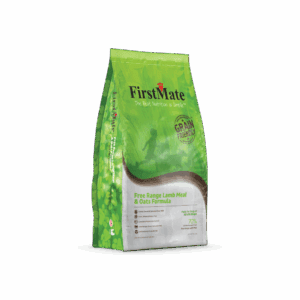
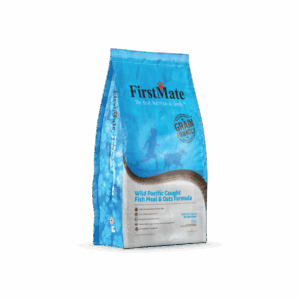
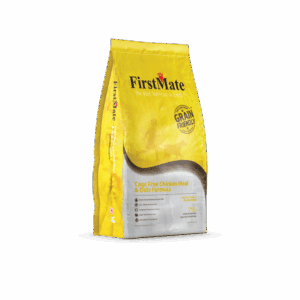

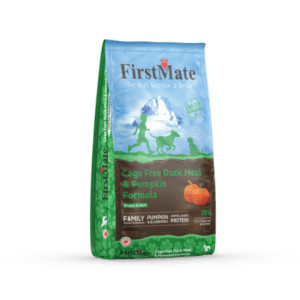

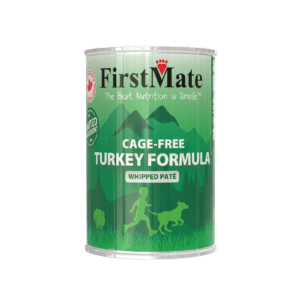

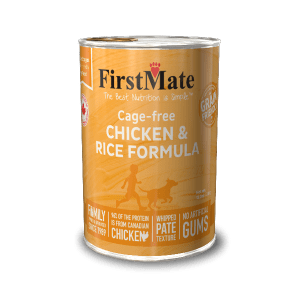
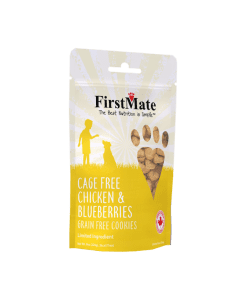
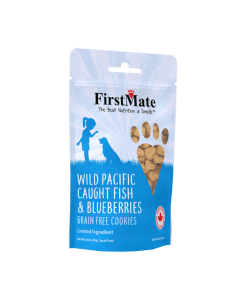
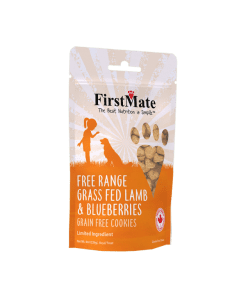
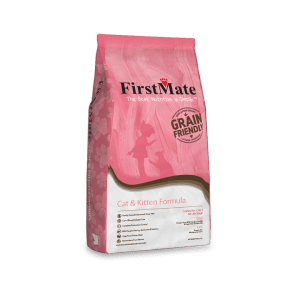
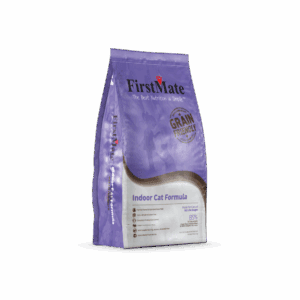

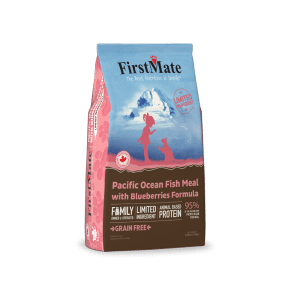
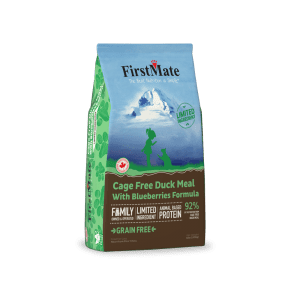
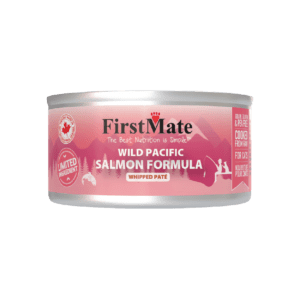
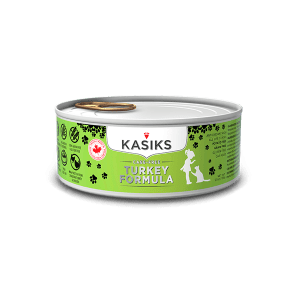
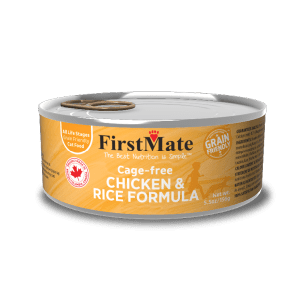


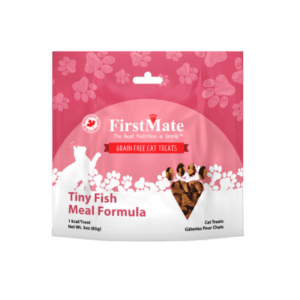
What is the estimated maximum fat content of the canned salmon dog food? My dog has pancreatitis and his doctor wants a low fat diet. Thank you
Hi Susan,
We are sorry to hear about your dogs’ issues with pancreatitis, and we appreciate your interest in FirstMate to support his health and well-being.
It is important to first note that our company does not manufacture medically specific diets. Although our products have been used successfully in the past in managing certain medical conditions, we recommend customers speak to their veterinarian before changing diets when a medical condition is of concern. As we do not produce a medical specific diet and use a mix of natural ingredients there will be small variations in the colour, size, shape and inclusions of our nutrient profile between batches. This variation is typically very small and we regularly test our nutrient profiles. Nevertheless, natural variation makes it difficult for us to provide maximum values for components such as fat.
Our canned salmon is our lowest fat formula at a minimum of 3% as fed (14% on a dry matter basis). Based on historical data, most of the time the fat content for this formula will not vary more than 2% above this value (up to 5% as fed).
Sincerely,
Wendy
Wendy Vandersteen, PhD
Manager of Research and Development